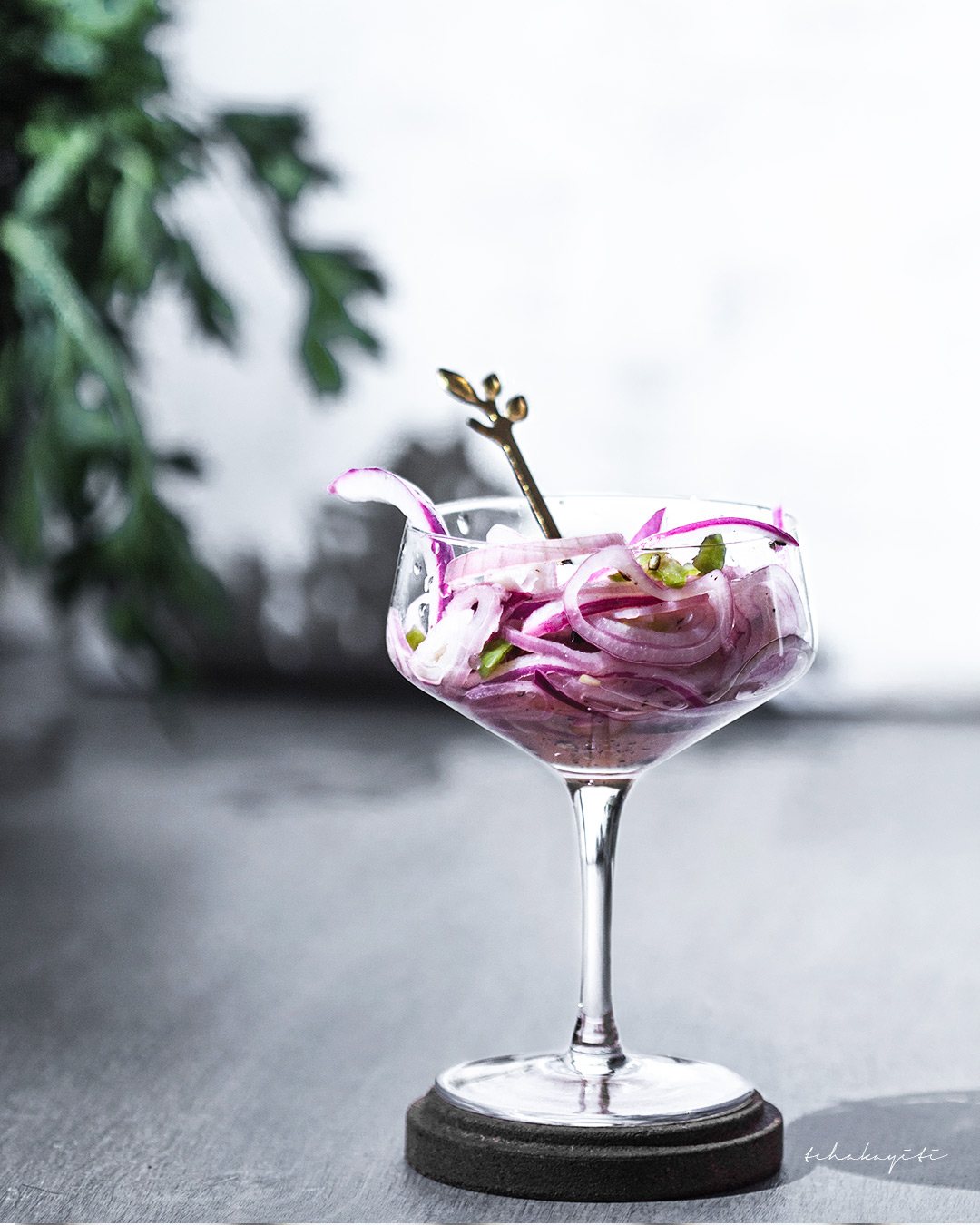Dear salt-cured pork, how did it take me so long to fall in love with your bold flavors?
Yes, you read right. I avoided salt-cured meat at all cost for the longest time. I was the only one to do so in my family. And everyone knows those cuts were ever present in most of our dishes, and definitely in my grandmother’s kitchen.
As far back as I can remember, containers filled with coarse salt and meat were always lining up on my grandmother’s kitchen shelves. They even sometimes found their way into her fridge.
The meat of predilection was pork. Fresh pork cuts that mostly included feet, knees, tails or ears spent days and sometimes weeks macerating in coarse salt in those containers.
That process was enough for those cuts to acquire bold flavors. And their presence built up excitement. They announced future meals that would tantalize our taste buds.
Salt-cured pork is the secret to many successful Haitian staples. Prepped this way, these cuts enhance our soups and stews with their bold almost smoky flavors.

They’re the key ingredient behind our famous tchaka, the dish that inspired this blog’s name. We add them to our touffe de legume, cassoulet, lalo or simply serve it as “pye kochon.”
The fattier cuts are chopped into small pieces and used as lardon that flavor our diri kole and sòs pwa. In that particular bean sauce, some often refer to these lardons as nanm pwa, bean sauce’s soul. A bowl of fresh bean sauce simply has no soul without these fatty meat chunks.
Everyone at the family table rejoices and fights over those salt-cured pork cuts. I was perhaps the only one who, for years, could eat a bowl of tchaka without ever biting into a meat chunk.

Today, I wonder what was wrong with me.
Now that I have acquired a taste for those meats, I seriously question my sanity all those years. There is nothing comparable to savoring a salt-cured pork feet in my beloved tchaka. Our pye kochon dish in itself is a true delight.
Try those cuts for yourself. I leave you here with the quick steps to making your own salt-cured pork. Add them to your soups and stews. I am confident you will wonder how you survived without salt-cured pork all those years. You will discover a wonderful world of flavors, just like I did in recent years.
This article was first published on April 9, 2015. The 2019 updates includes more pictures and improved preparation instructions.

Salt-cure pork meat
Ingredients
- Fresh fatty pork cuts skin on think feet, ears, tail, knees
- Coarse Salt
- Thyme optional
Instructions
- Place your meat in a tight container
- Cover it generously with coarse salt. Add some thyme for extra flavor
- Cover and let macerate for about two weeks
- Use the salt-cured meat to enhance your food preparations.








6 Comments
Bonjour ,svp faut il passer( laver) la viande avant la macération merci
il ne faut surtout pas laver la viande avant. le liquide risquerait de la gâter. vous pouvez par contre le faire après la macération, juste avant la cuisson. nous laissons souvent tremper la viande salée dans de l’eau afin de la dessaler comme on le ferait pour le hareng et la morue.
Oui Annick dans la macération.
J’ai fait l’expérience de la viande salée, vraiment il n’y a rien de comparable dans le commerce. Par contre je mets d’autres épices même du piment pour relever encore plus le gout. Au final un repas excellent. AH oui le tchaka ! Il faut que je prépare ma viande salée alors.
vous ajoutez le piment au moment de la macération ou à la cuisson?
Thank you so much I always wated to know how to make it…